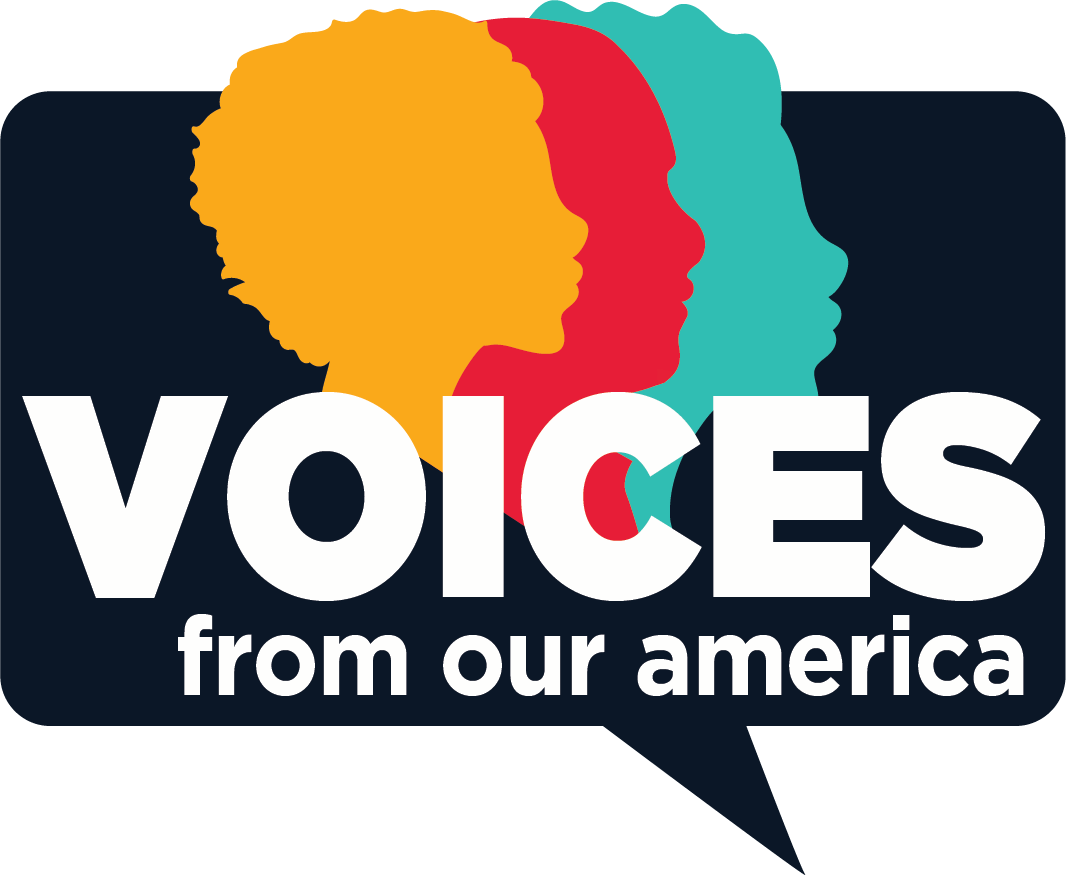VFOA Panama
Panamanians of West Indian Descent
On August 15, 1914, the Panamá Canal opened after years of death-defying labor, for which hundreds of thousands of Black British West Indians were recruited by the United States from their home islands with true and false promises about the ‘golden’ opportunity of building the canal.
Since 2006, VFOA has conducted over 100 interviews with community members in Panamá City, Bocas del Toro, and Colón in order to capture the nuanced experiences of modern-day Afro-Antilleans in their own words. Listen to some of their Voices here.
We have also either organized or participated in more than 30 events in the Republic. Learn more about our Partners, including the Society of Friends of the West Indian Museum of Panamá (SAMAAP); Esteban Lan, author of the Almanaque Lan (the Lan Almanac); and Asociación Amigos del Museo Etnocarbeño de Bocas del Toro. This segment of the project has been made possible in part by support from Vanderbilt University’s Center for Latin American Studies, the Department of English, the College of Arts and Science Dean’s Office, and the Center for the Americas.
If you are a researcher, teacher, or community organization leader who wishes to use these interviews for your project or program, please feel free to Contact Us.
Historical Background
Although progress has been made, much work remains to be done. Scholars, creative writers, and others have worked to document not only this history, but also the continuing discrimination suffered by the contemporary descendants of the workers (Barrow and Priestley 2003; Barrow 2001; Carlos Guillermo Wilson, Chombo, 1981). In addition, a persistent concern among the older generations is that the youth have no interest in learning the history and have chosen to be Panamanian to the exclusion of claiming or connecting in any way to their West Indian ancestry. “Voices from Our America™: Panamanians of West Indian Descent” seeks to build on this work and address this concern by capturing the experiences of the descendants of the canal workers and the other West Indians who came to Panama to “make life” in their own words.
In particular, this project centers on modern day Panamanian-West Indians’ approaches to self-definition, seeking to compile narratives based on direct queries such as: What does your West Indian ancestry mean to you? How did/do your parents or grandparents work to convey that sense of its value to them, if at all? The issues of cultural identity and cultural memory are also addressed in more subtle ways, prompting responses to questions about a parent’s or grandparent’s favorite sayings, the respondent’s musical tastes and memories, family and friends their parents took them to visit, or other childhood memories.
What makes Afro-Latin American communities of West Indian descent an especially appropriate subject upon which to fix this lens is the fact that they are generally native English speakers who often identify with other people of primarily African descent as well as fellow nationals. Consequently, engaging this community sheds light on a population that shares much with a number of U.S. ethnic communities-on a group whose members often identify as “African-American” “West Indian,” and “Latino.” For instance, Panamanians of West Indian descent who participated in the U.S. Civil Rights Movement and who identify themselves as “Black Power” proponents were leaders in the recent fight for the rights of members of the Panamanian Diaspora to vote in Panamanian elections.
The cultures, histories, and identities of Caribbean Diasporas in the U.S., the United Kingdom, and Canada have recently been the subject of a myriad of scholarly and creative texts, from Stuart Hall’s “Cultural Identity and Diaspora” (1990) to Cristina Garcia’s “Dreaming in Cuban” (1992), among others. The Caribbean Diasporas in Latin America have received decidedly less attention. This negation is due, in part, to the ways scholarly fields of study are constructed. This project questions the salience of the boundaries among African American studies, Latino studies, Latin American studies, and Caribbean studies by focusing on these individuals whose very existence and experiences undercut the prevailing belief that these fields and the paradigms used by scholars within them should be separate. As the products of multiple colonial mother countries (England and Spain), multiple national imaginaries (e.g. Panama, the United States, and Barbados), and multiple popular cultures and political movements (e.g. Rastafarian, hip-hop, and U.S. civil rights), Panamanians of West Indian descent represent, therefore, a novel departure point for rethinking the meanings of established theoretical and conceptual scholarly frameworks, such as the Black Atlantic (Gilroy), transculturation (Ortiz), mestizaje (Marti), and creolization, (Brathwaite) as well as new ones.
